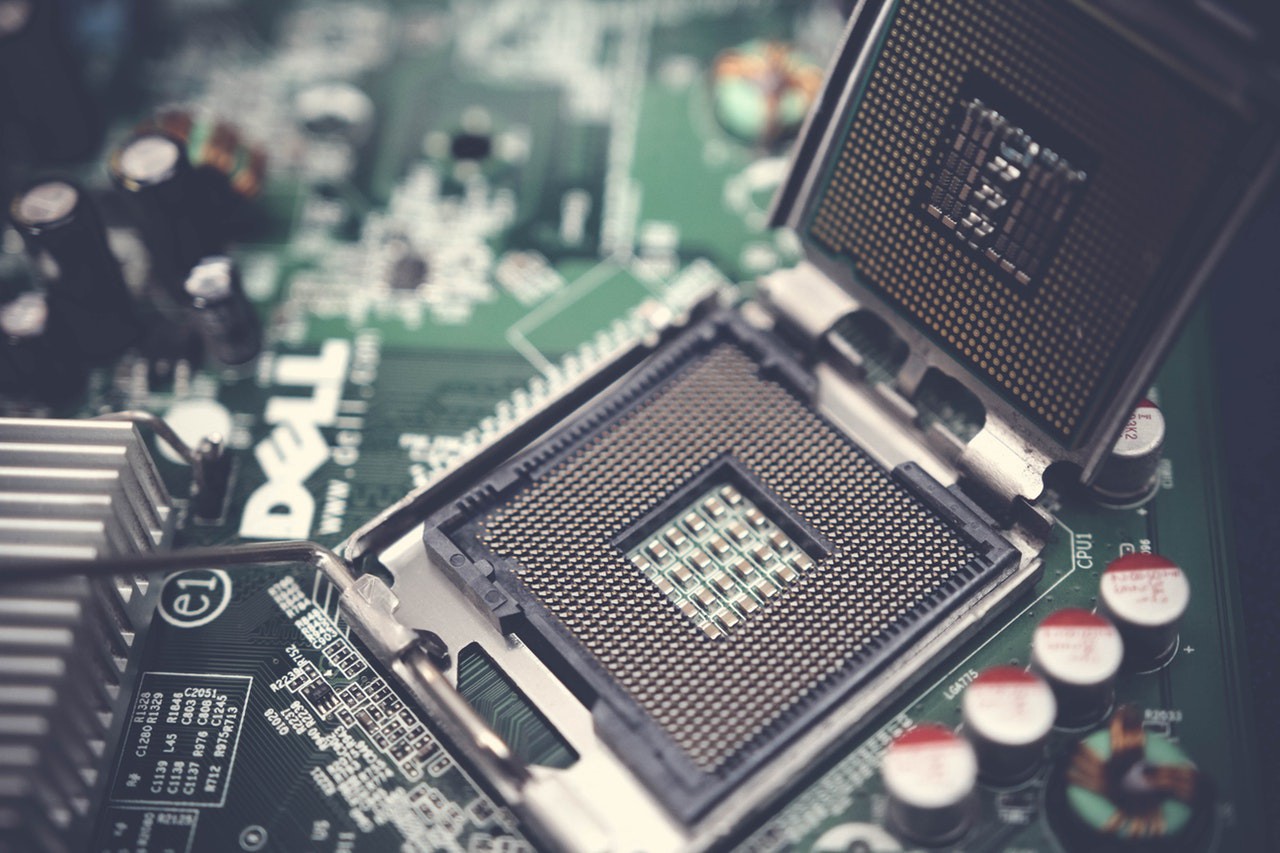 Image Via Pexels.com
Image Via Pexels.com
DynaTAC 8000x launched in 1983, was the first commercially available smartphone in the world from Motorola. At that time no one can even imagine that one-day mobile phones will become as powerful as computers. Whether you want to click an amazing photo in low lighting conditions or you want to control your home appliances right from your phone. Today’s smartphones can fulfill your needs.
Have you ever asked yourself that how does your mobile detects light and adjust screen?s brightness, Or how does your mobile counts your steps, how your phone sends you a warning when your CPU is overheated, how it knows whether you hold it in landscape or portrait? The answer is with the help of sensors. These are the tiny devices which give superpowers to your phone. So let?s see what is sensors and how they give superpowers to your phone.
What is Sensors?
The sensor is a device that detects and majors the changes in the nearby environment and sends that data to the operating system or processor.
They sense and collects data for which they are made. Like ambient light, the sensor is made for detecting light, so it is an expert in detecting the light.
There are three main categories of sensors that smartphone having.
- Motion Sensors
- Environment Sensors
- Position Sensors
Motion Sensors
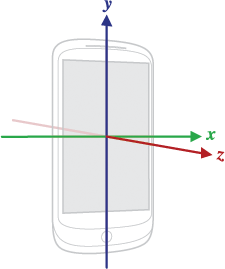 Source: developer.android.com
Source: developer.android.com
These sensors measures axis-based motion sensing, like acceleration forces and rotational forces along with three axes. This category includes accelerometer, gravity sensors, and gyroscopes sensors.
Environmental Sensors
These sensors measure environmental parameters like air pressure, temperature, light, and humidity, etc. This category includes barometers, photometers, and thermometers.
Position Sensors
These sensors measure the physical position of a device. Whether your device is in Landscape mode or Portrait mode or in which direction. This category includes orientation sensors and magnetometers.
Let?s see standard sensors that your smartphone is having.
- Accelerometer
- Ambient Light Sensor
- Ambient Temperature Sensor
- Air Humidity Sensor
- Barometer Sensor
- Finger Print Sensor
- Gyroscope Sensor
- Harmful Radiation Sensor
- Magnetometer
- NFC Sensor
- Proximity Sensor
- Pedometer Sensor
Accelerometer Sensor
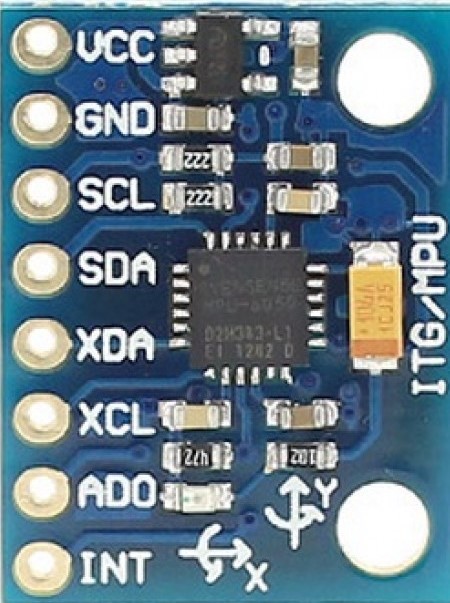 Accelerometer
Accelerometer
The accelerometer detects axis-based motion sensing. It senses the changes in the orientation of smartphones with respect to x, y, and z-axis.
Today many camera apps provide specific orientation based features like Portrait Mode or Panorama mode, also when you see photos in portrait mode then it looks different and if you hold the phone in landscape mode then it looks different, also some flagship phones provide flip to silence feature. So these all features are based on this Accelerometer sensor.
Ambient Light Sensor
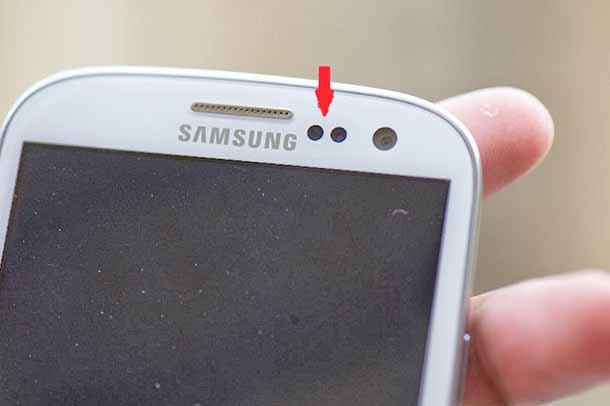 Light Sensor
Light Sensor
The ambient light sensor detects the light around your environment. Your screen?s auto brightness is working because of this sensor. This sensor detects the light around you and sends back that data to the operating system and then based on that data operating system adjusts the brightness.
Ambient Temperature Sensor
The temperature sensor is used to detect the temperature around your environment. This is not a standard sensor for all phones. Only some special flagship phones like Galaxy S4 or Galaxy S5 have this kind of sensors.
Air Humidity Sensor
The air humidity sensor is used to detect the humidity around your environment. This sensor helps in some advance fitness apps.
Barometer Sensor
Barometer used to detect atmospheric pressure. It can also detect the distance from sea level. It can basically do two tasks. First, if your phone has barometer then barometer will help GPS to accurately detect your location. and the second one is your phone can help you to detect many fitness activities like tracking the steps you walk throughout the day etc.
Finger Print Sensor
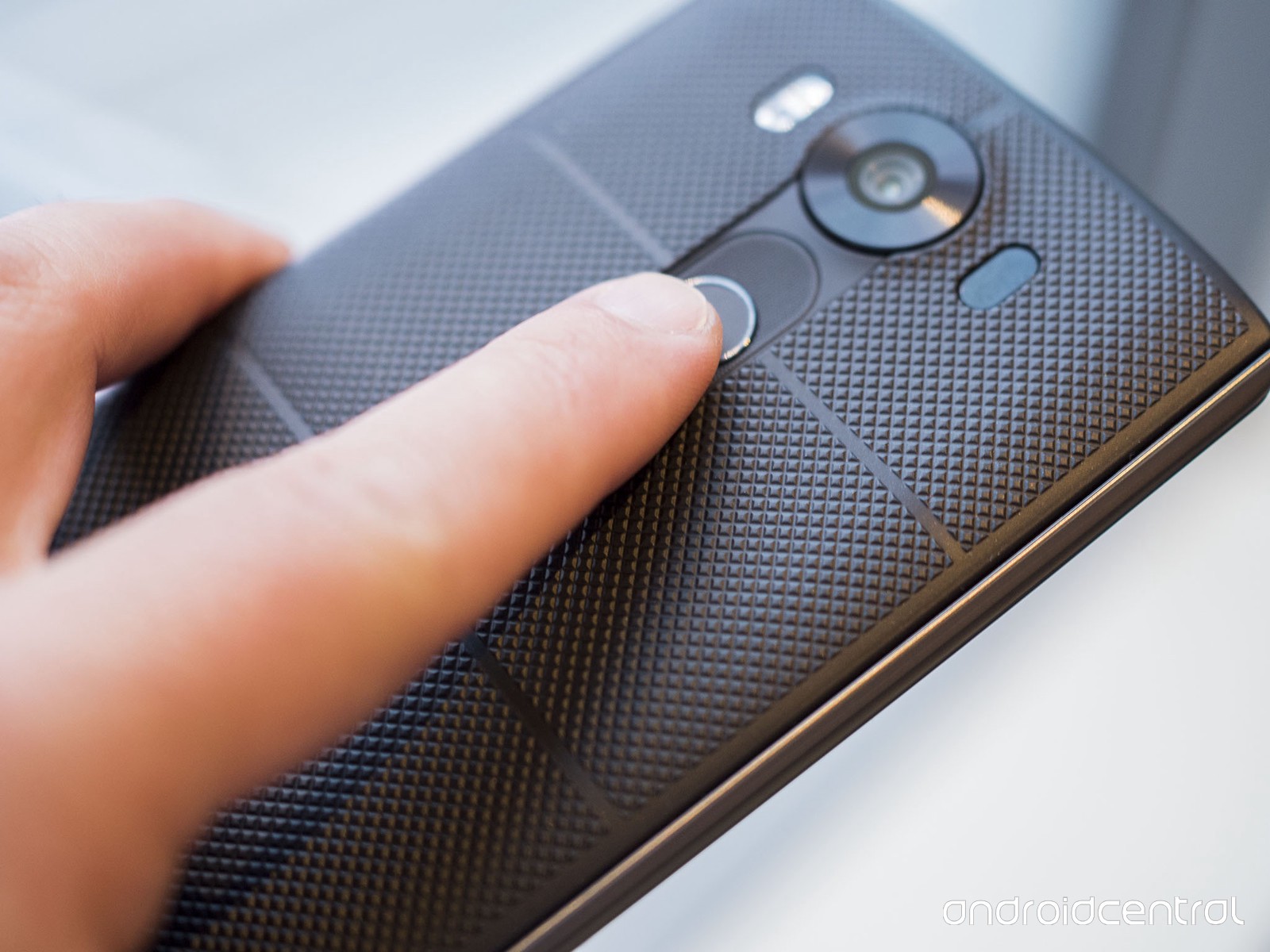 Finger Print Sensor
Finger Print Sensor
Today everyone?s primary choice for security is a Fingerprint sensor. When you enroll your fingerprints for the first time, this sensor basically creates a map of your fingerprint. Then next time when you put your finger on the sensor, it just matches it with registered once. If it matches then your phone will unlock. This is how basically fingerprint sensor works. You can see it in today?s almost all phones.
Gyroscope Sensor
Gyroscope or Gyro sensor is an advanced version of the accelerometer. While accelerometer detects axis-based motion sensing, Gyroscope works with accelerometer and detects each degree of changes in orientation. It provides highly precious motion sensing.
When you capture 360-degree shots or Panorama shots then this is the sensor which senses the changes in orientation and snaps the photos in every degree. When you play racing games then this is the sensor which senses your actions.
Harmful Radiation Sensor
This is a really rare sensor. Which is designed for specifically some persons. This sensor is used to detect harmful radiation in the nearby environment. Again this is not a standard sensor. It is specially designed for special persons who need it.
Magnetometer Sensor
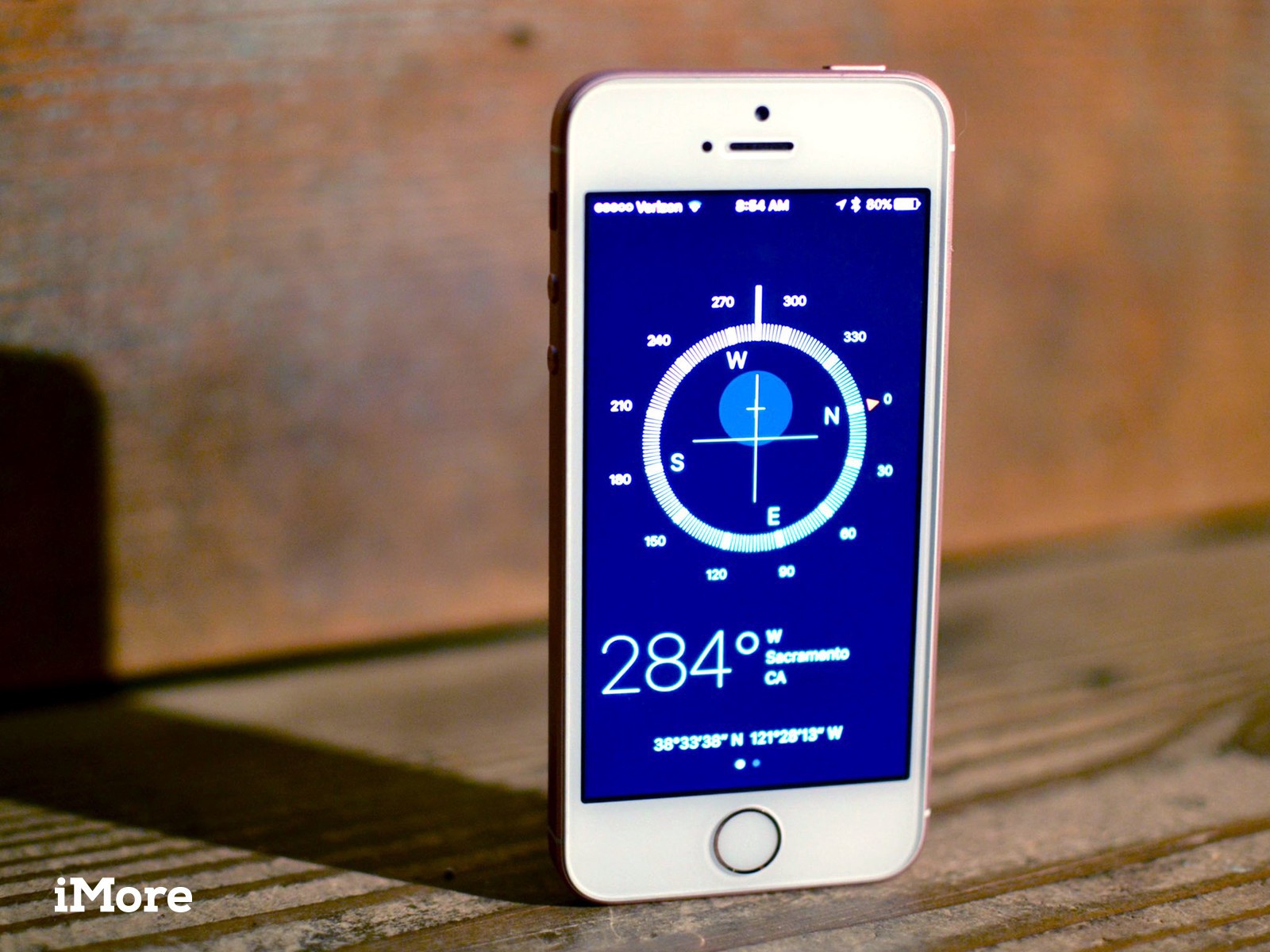 Compass in Mobile
Compass in Mobile
Magnetometer works like a compass in your phone. It measures magnetic fields and can tell you where is north.
When you use Apple Maps or Google Maps that is the magnetometer which tells where is the north. There are some metal detector apps which uses a magnetometer to detect metal presence.
NFC Sensor
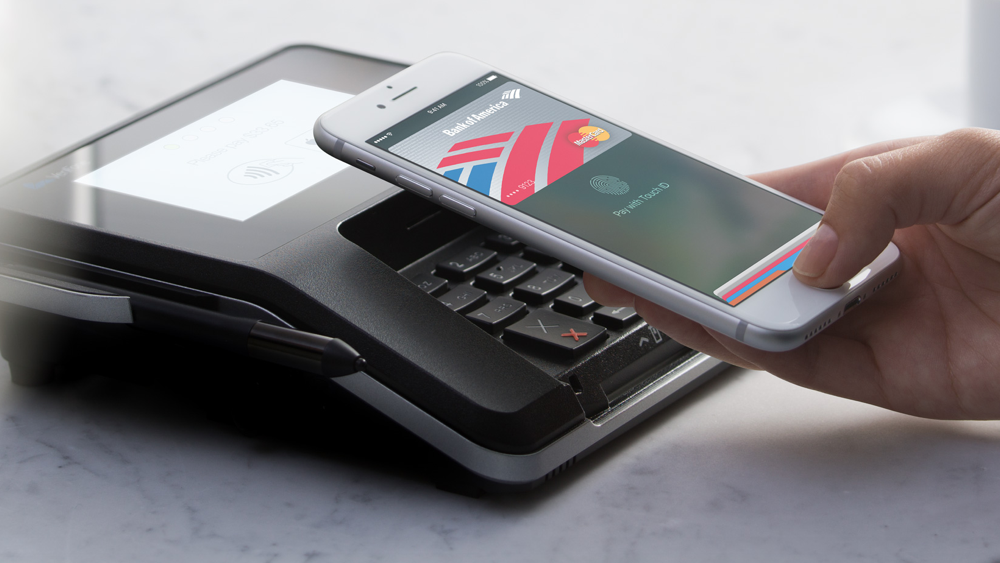 NFC Chip
NFC Chip
With the wide adoption of cashless payment, NFC is one of the fastest growing technology in smartphones. NFC sensor or Near Field Communication Sensor is a technology by which two electronic devices can communicate with each other by bringing them within 4 cm of each other. They can quickly send encrypted data to each other such as payment details. Today many smartphones have built-in support of NFC. If your phone has NFC support then you can do payments by just tapping it with other NFC enabled device. No need for anything else. Payments never made so easy.
Proximity Sensor
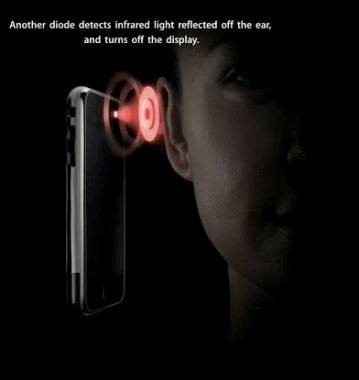 Proximity Sensor
Proximity Sensor
The proximity sensor detects the presence of an object. In the mobile phone, it detects the distance between sensor and object (generally it is your ear or hand). During calls, your screen automatically goes off. This action is done via the proximity sensor.
Pedometer Sensor
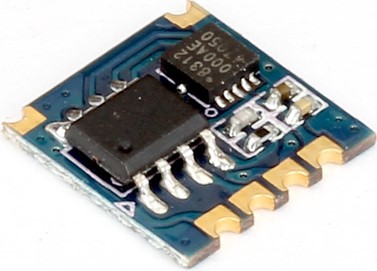 Pedometer Sensor
Pedometer Sensor
You can tell Pedometer is an advanced version of Accelerometer. It mostly used to track your steps. If your phone has pedometer then it can accurately detect your steps. Definitely, this work can also be done via Accelerometer but the results which come from pedometer will far more accurate. Because it is specifically designed for that task. Again this comes only in some advance flagship phones.
So, guys, that is the list of some mobile sensors. Some are standard sensors and some are specialized ones. Feel free if I miss any.
Wanna get in touch with me? Here are links. I?ll love to become your friend. ?
or just mail me at [email protected]
Thanks for reading, Catch you up in another article. Till then Keep Coding, Keep Loving.

